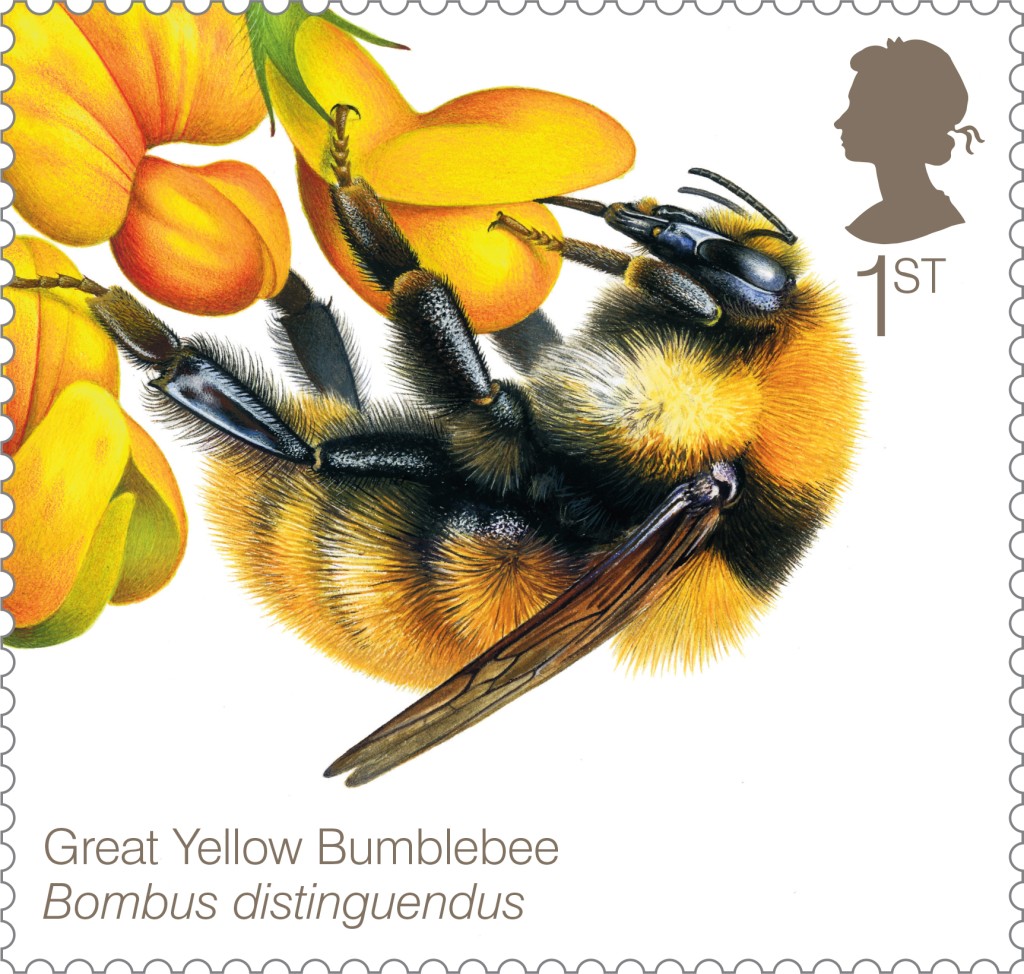Pesticides can act as endocrine disrupting chemicals (EDCs) in animals providing characteristic multiphasic dose-response curves and non-lethal endpoints in toxicity studies. However, it is not known if neonicotinoids act as EDCs in bees. To address this issue, we performed oral acute and chronic toxicity studies including concentrations recorded in nectar and pollen, applying acetamiprid, clothianidin, imidacloprid, and thiamethoxam to bumble bees, honey bees and leafcutter bees, the three most common bee species managed for pollination. In acute toxicity studies, late-onset symptoms, such as ataxia, were recorded as non-lethal endpoints for all three bee species. Clothianidin and thiamethoxam produced biphasic dose-response curves for all three bee species. Clothianidin and thiamethoxam were extremely toxic to winter worker honey bees prior to brood production in spring, making this the most sensitive bee stage identified to date. Chronic exposure to field-realistic levels of neonicotinoids reduced bee survival and caused significant late-onset symptoms for all three bee species. Given these findings, neonicotinoid risk should be reevaluated to address the EDC-like behavior and the sensitivity of winter worker honey bees.
Source:
Danica Baines, Emily Wilton, Abbe Pawluk, Michael de Gorter & Nora Chomistek. Scientific Reports volume 7, Article number: 10979 (2017) doi:10.1038/s41598-017-10489-6
https://www.nature.com/articles/s41598-017-10489-6.pdf

- Login om te reageren
